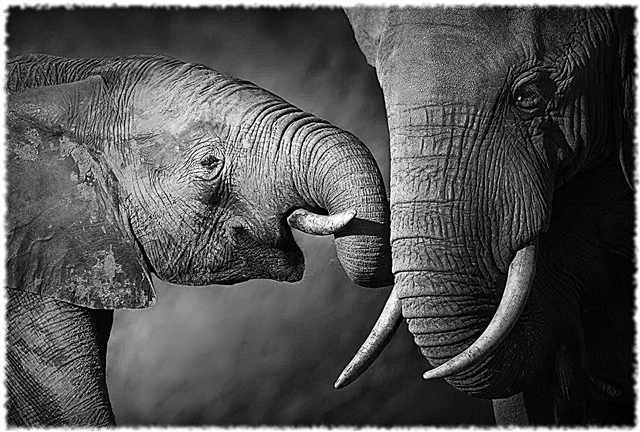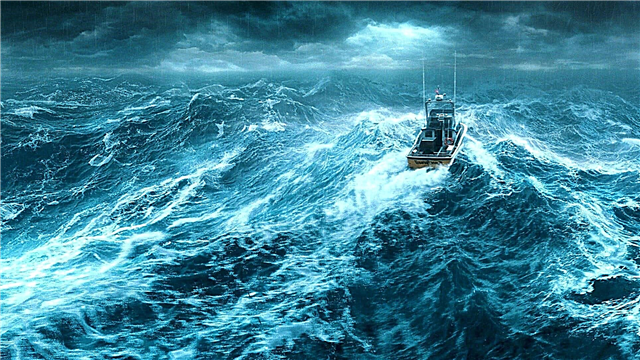
In most countries of the world, it is customary to give the capital the largest and / or most developed city in all respects. For example, the previously unremarkable Canberra was chosen as the capital of Australia. This point is bewildering, because in Australia there are at least two large cities with several million inhabitants - Sydney and Melbourne.
How to choose the capital of the country?
To understand the reasons for the non-standard approach of Australians, it is worth first to consider the general process of choosing cities of capital destination. After that, it will immediately become clear that the decision to designate Canberra as the main city is not as strange as it was in other countries.
The word "capital" comes from the old Russian "table", which means the throne or place of government. Accordingly, it should be a city in which the most important public authorities are located. These include the head of state, government, judicial authorities, and diplomatic missions of other states.
However, this is not a strict rule, since in many countries such institutions can be "scattered" in several cities. Looking ahead, it is worth saying that in Australia this rule is precisely adhered to - all the supreme authorities are located in Canberra.
Most often, the most populated, as well as economically developed city of the country becomes the capital. But there are many exceptions to this rule.For example, in the USA, the center of the economy is New York, but Washington was chosen as the capital, which was even specially built for this purpose.
Sometimes the capital city becomes independent in all plans due to its status and special management regime. A vivid example is Moscow. The capital of our country is an independent subject of the Russian Federation with its own law, which is called the Charter of the city of Moscow.

Also, often unofficially, some cities acquire the status of a second, third, cultural capital, etc. (in addition to the official). This is due to various reasons. For example, St. Petersburg in an informal speech is called the "Cultural Capital" of Russia, due to its rich history, architectural monuments, educational institutions. The city has over 8000 cultural heritage sites.
How did Canberra become the capital of Australia?
An interesting story happened with the choice of the capital of Australia. If we briefly describe the history of Australia, then in 1788 the British began to colonize it with the formation of the first colony - New South Wales. Now this is the name of one of the Australian states, whose capital is Sydney, founded in the same year and named in honor of Lord Sydney (Minister of Colonies of Great Britain). So Sydney has become the largest, oldest and most comprehensively developed city in the country with a population of more than 5 million people.
Melbourne appeared much later - in 1835. Now it is the capital of the state of Victoria with a population of more than 4 million people. At first, the city was an agricultural settlement on the banks of the river.Yarres. However, later they discovered large reserves of precious metals.
As a result, the Gold Rush swept Melbourne and by 1865 it overtook Sydney in importance and development. However, in the XX century, the position changed again. Thus, between Sydney and Melbourne the competition for the championship in terms of population, development, economy, culture and other components continues for many years.
Since 1901, serious changes have taken place in the country. By uniting the English colonies, the Australian Union was formed, which became an independent state within the British Empire. The union needed a capital and, of course, Melbourne and Sydney became the best contenders for this role.
However, representatives of one and the other city did not want to give in to each other. The disagreements turned out to be insoluble, so an extraordinary decision was made - not to give metropolitan status to any of these cities, but to build a new one.
Interesting fact: there are other examples where the authorities could not decide between the two cities, so the third (sometimes purpose-built) became the capital: Washington instead of New York and Philadelphia, Brasilia instead of São Paulo and Rio de Janeiro, Ottawa instead of Toronto and Montreal and etc.
Thus began the formation of a new metropolitan area. In 1901, a document was signed, the Australian Constitution, according to which New South Wales transferred to the government a small territory in the southern part. The place was chosen very carefully so that the new capital was located at a significant distance from Melbourne and Sydney.

In this matter, the state topographer Charles Scrivener took an active part.He conducted special studies and announced in 1908 which particular plot of land was suitable for the construction of the city.
While construction work was underway, the function of the capital was taken over by Melbourne (from 1901 to 1927). The date of foundation of the capital is considered to be 1913. Canberra is now the center of the Australian Capital Territory. The name was not chosen by chance - in translation from the dialect of the local tribe Ngabri Canberra means "a place for meetings."
We also paid a lot of attention to planning and construction - for this we held a special international competition. The winners were a family of architects from Chicago - Walter and Marion Griffins. They proposed a unique project with the concept of a garden city, based on large areas with natural vegetation.

Canberra was specially built in 1913 for the role of the capital city of Australia. This decision was a compromise in the dispute between two large and comprehensively developed cities - Sydney and Melbourne. When the question arose of choosing a capital for the Australian Union at the beginning of the 20th century, none of these cities wanted to concede to the other. New South Wales (the first British colony) transferred territory to a new government on a specially selected site. Subsequently, there was formed the Australian Capital Territory with its center - Canberra.












